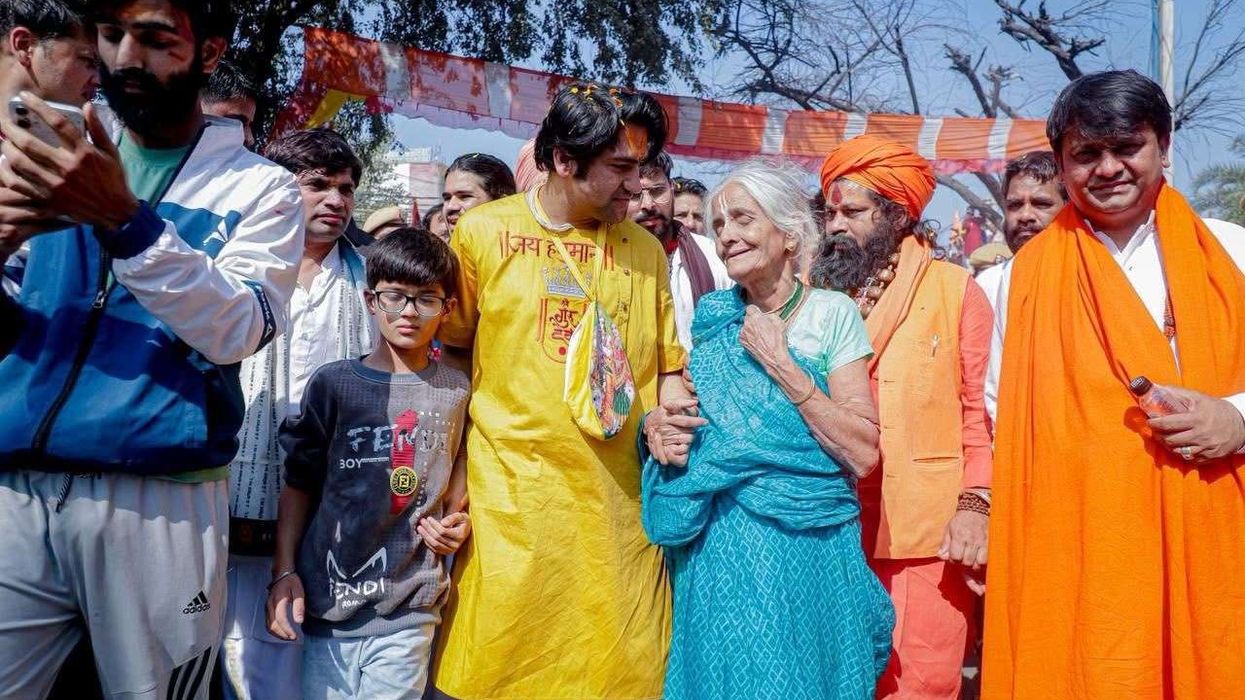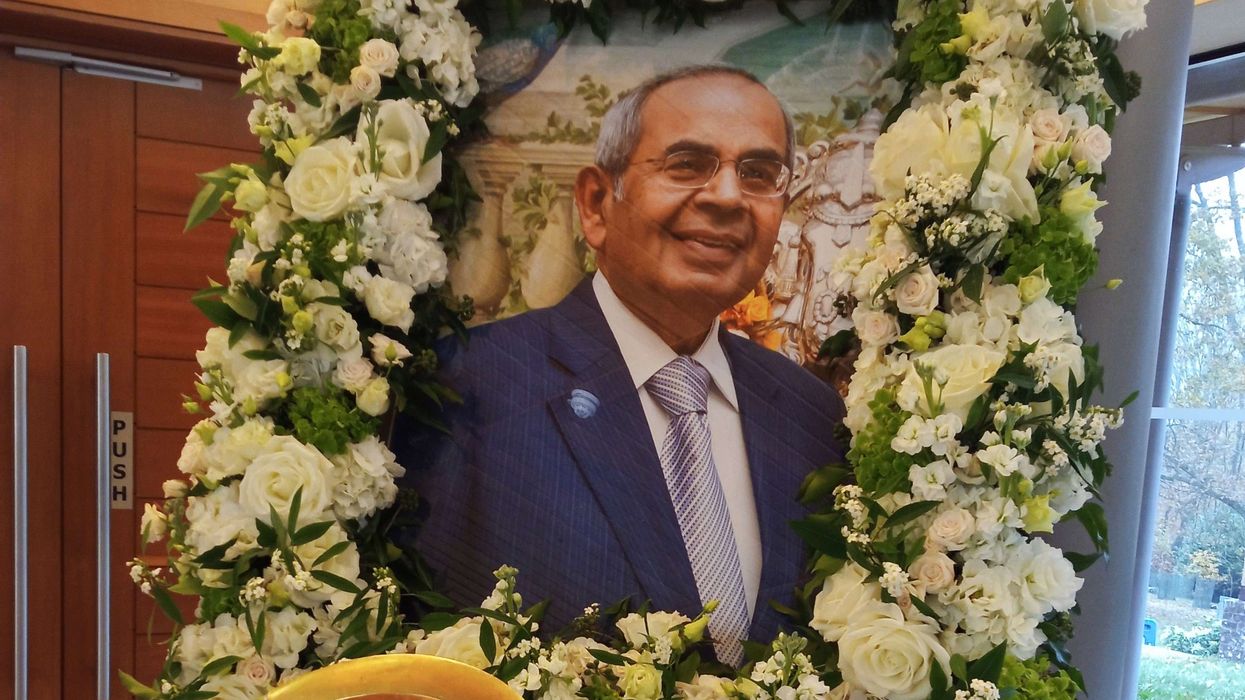PRIME MINISTERS are rarely short of advice. Few can ever have received quite so much of it as Rishi Sunak as he completes 100 days in office.
There are now seven living former prime ministers, for the first time ever, compared to just three when Gordon Brown was in power. Sunak has four former Conservative leaders on his Commons backbench and another two former party leaders in the Lords.
When John Major became prime minister, the question was whether Margaret Thatcher might try to be a “backseat driver”. Sunak’s situation looks more like a political edition of the “wacky races” cartoon series.
Even Penelope Pitstop and Dick Dastardly might struggle to keep pace with former leaders Liz Truss and Boris Johnson’s contributions to the Tory party’s political psychodrama.
Sunak also has a supportive predecessor in William Hague, a staunch ally since Sunak became his constituency successor in Richmond, Yorkshire. Hague sought to boost party morale by drawing parallels with Major’s 1992 victory rather than his 1997 landslide defeat.
The contrasts are more striking. Ditching Thatcher for Major wiped out a 20-point Labour poll lead, putting the Conservatives ahead. Sunak took office with a higher rating than his party, but 100 days in power have seen the leader and his party converge – downwards.
The Truss relaunch presents no immediate danger to Sunak. That this prime minister is, at least, an improvement on the previous two is a common refrain in focus groups, so the reminder may even help.
Truss’s argument is she was never given a proper chance. There is a fundamental problem with the argument that ‘real Trussism’ was never tried – which is that it was.
Truss appointed a cabinet of loyalists, sacked the Treasury permanent secretary, proposed bigger tax changes than any budget for half a century – and then U-turned and ditched her own plans once unanticipated risks to market stability, pension funds and debt financing emerged. Even if her internal critics had had more faith in Trussonomics, it would have done nothing to prevent that implosion.
The renewed party clamour for tax cuts reminds Sunak that his warnings last summer about the economic consequences of Truss went unheeded at first. He even faced a backlash for telling a party audience that they knew why he could not cut taxes – “you’re not idiots, you know what happened” – so he may need to get better at hiding his exasperation with those who have already forgotten.

Labour’s plan is to characterise Sunak as “weak”. It is a cheap shot, given the opposition’s criticism of Johnson’s disdain for rules and process, and the rather similar approaches of Sunak and Starmer.
Yet its artful ambiguity might resonate with Conservative and even authoritarian Sunak-sceptics who regret Johnson’s departure, while the liberal left can hear a critique of Sunak’s failure to stand up to his own right-wing.
The opposition may goad Sunak into performing toughness.
The prime minister’s personal instincts are more Thatcherite on economics while being more of a bridger on identity and culture.
Yet because he is unable to give his party what it wants on tax, Sunak is telling it what it wants to hear on asylum. His theme is delivery. Paul Goodman, the editor of Conservative-Home, says it is a pitch to “Boringsville”. Four- fifths of Sunak’s New Year pledges fit that bill – incremental, important and dull pledges that can be met in the letter.
Yet Sunak’s most memorable pledge is the one that he cannot keep. Committing to deport and detain all asylum seekers who cross the Channel is an impossible promise. You need not study maths until the age of 18 to realise that 2,500 immigration detention places can’t hold 10 times as many people. The prime minister making every speech in front of a “Stop the Boats” slogan may end up in the general election campaign literature of Nigel Farage and the Labour party, rather than the Conservatives.
On immigration, Sunak and home secretary Suella Braverman have turned again to advisers who championed former prime minister Theresa May’s net migration target. The debate was over whether the failure was never having a plan to meet the target – or whether a bigger problem was making promises that could not be kept in the first place. This could be déjà vu all over again.
After 100 days in office, Sunak has stabilised the government, but there is a growing sense that his electoral prospects require a minor miracle. He needs his party to believe he can make the contest competitive to avoid the kinds of splits that could lock in a landslide loss.
Even two years as prime minister is a chance to make a significant difference. Sunak will be expected by 2024 to offer his longer-term vision – for economic growth, climate change and social cohesion – whether he gets to implement it or not.
A prime minister in receipt of so much contradictory advice may need to offer an argument of his own.













Sunak’s challenges remain after first 100 days in office
Former leaders and policies among problems in prime minister’s inbox